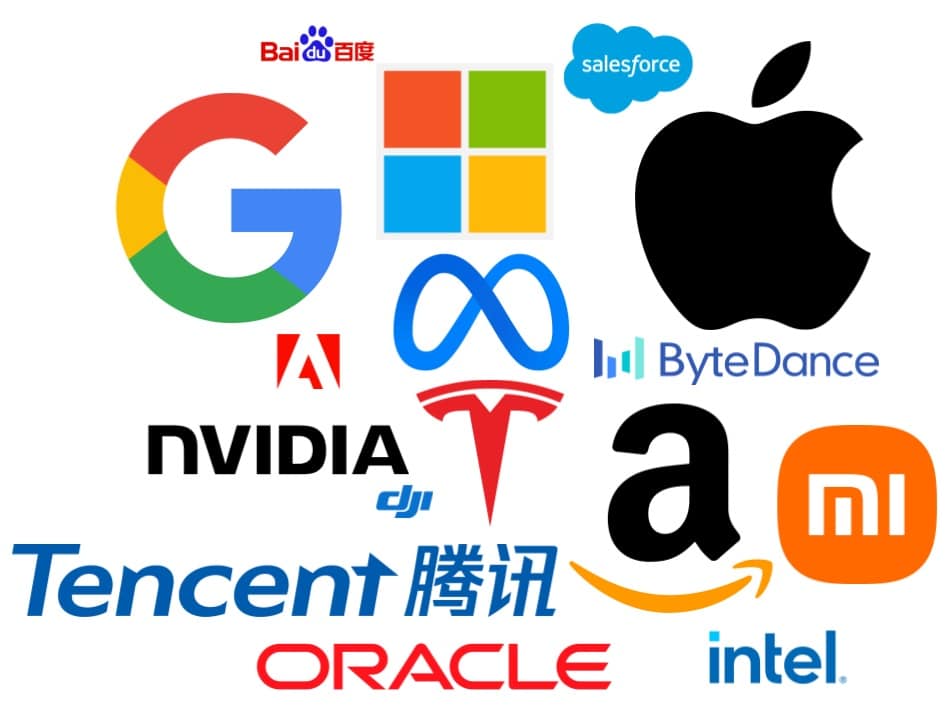The global business environment is an expansive and dynamic arena, comprising companies of varying sizes and from diverse industries. Among the multitude of organizations worldwide, there exists an elite cadre of enterprises that achieve an annual revenue exceeding $100 million.
Although an exact enumeration of such companies is a complex task due to the ever-changing nature of global economic conditions, this article will delve deeper into understanding the general number and the nature of companies across the world that surpass this significant revenue benchmark. In plain language, we will try to figure out how many companies in the world have over $100m in revenue?
Magnitude and Dynamism of Companies with Over $100M in Revenue
According to the most recent comprehensive studies conducted by globally recognized institutions such as the International Monetary Fund (IMF) and the World Bank, it is estimated that tens of thousands of companies across the globe report an annual revenue north of $100 million.
Nevertheless, it is crucial to note that this figure remains a rough estimation due to the dynamic nature of business operations. Factors such as mergers and acquisitions, market entry and exit, economic growth or downturn, and varying exchange rates contribute to the continual evolution of this number.

Regional Distribution of High-Earning Companies
An exploration of the geographical distribution of these high-earning companies provides a nuanced perspective of their primary locations. North America, particularly the United States, is home to the largest concentration of such corporations, reflecting the region’s robust economic environment and conducive business climate. Europe closely follows North America, with a sizeable number of companies generating revenues over $100 million, especially within economically strong nations such as Germany, the United Kingdom, and France.
In the Asia-Pacific region, rapidly developing and large economies like China, Japan, and India also house a significant number of these high-revenue companies. This can be attributed to factors like massive consumer markets, technological advancements, and favorable government policies within these countries.
Industry-Wise Representation
Diving into the industries these high-earning companies represent also offers valuable insights. The technology sector stands out prominently, with major players such as Apple, Microsoft, and Alphabet (Google’s parent company) regularly reporting revenues well into the billions.
The finance sector, including banking and insurance, also holds a strong representation in this revenue category, with companies like JPMorgan Chase, HSBC, and Allianz consistently generating substantial earnings. Additionally, the healthcare sector, comprising pharmaceutical giants like Pfizer, Novartis, and Roche, is another significant contributor.
Some other sectors have consistently been represented among the biggest companies worldwide. These include:
- Retail: The retail sector has a significant presence among the largest companies. Walmart, the multinational retail corporation operating a chain of hypermarkets, discount department stores, and grocery stores, has frequently held the top spot in terms of revenue. Amazon, with its e-commerce business, cloud services, digital streaming, and artificial intelligence, has also rapidly climbed the ranks in recent years.
- Oil & Gas: Companies in the oil and gas sector, often referred to as ‘Big Oil,’ have traditionally dominated the list. These include Royal Dutch Shell, Exxon Mobil, BP, and Chevron. However, market fluctuations, changes in oil prices, and the global shift towards renewable energy can influence their rankings.
- Automotive: The automotive sector is also prominently represented in the Global Fortune 500. Companies like Volkswagen, Toyota, Daimler, and General Motors have been regular names on the list due to the constant demand for vehicles and the scale of their operations.
- Energy: Besides oil and gas companies, other energy companies, including State Grid Corporation of China and electric utilities like E.ON, also make the list due to the perennial global demand for electricity and power solutions.

The Global Fortune 500 Influence
The Global Fortune 500 is a list of the 500 largest corporations in the world, ranked by revenue. It is compiled and published annually by Fortune, a multinational business magazine. The term “Fortune 500” has become synonymous with business success and prominence, and to be included on this list is often seen as a mark of prestige for companies.
Introduced in 1955, the original Fortune 500 list only included American companies. However, as globalization has grown and international companies have increased in size and influence, Fortune began publishing a Global 500 list in 1990 to recognize these global business leaders.
Inclusion in the Global Fortune 500 is based purely on revenue figures and does not consider other measures of a company’s size or success, such as market capitalization, number of employees, or profit margins. To be eligible for inclusion, a company must make its revenue numbers publicly available.
The list spans all types of industries, from technology and manufacturing to finance and healthcare. It gives a snapshot of the corporate world’s biggest players and is often used to identify trends in global business. For example, the rise of Chinese companies on the list in recent years has pointed to the growing influence of China in the global economy.
Companies that consistently rank highly on the Global Fortune 500 list include Walmart, State Grid, Amazon, China National Petroleum, and Royal Dutch Shell. These companies generate hundreds of billions of dollars in revenue each year.
The Global Fortune 500 list is not only used by businesses and investors but also by economists and policymakers to understand the global economic landscape and the role that large corporations play in it. However, it’s important to remember that while the list provides a snapshot of large corporate revenues, it doesn’t encompass the entire global economy. Many small and medium-sized businesses collectively also contribute significantly to global economic activity.
Conclusion
The multitude of companies worldwide generating over $100 million in revenue underscores the significant economic impact these businesses exert. These high-earning entities, spanning across multiple continents and diverse sectors, contribute substantially to their respective national economies and the global economy at large.
While tracking an accurate count of these companies may pose a challenge due to the volatile nature of business landscapes, their indispensable role in driving economic activity remains clear. As we continue to witness the evolution of the global business environment, tracking the trajectory of these high-revenue companies will offer valuable insights into overall economic growth and prosperity.
